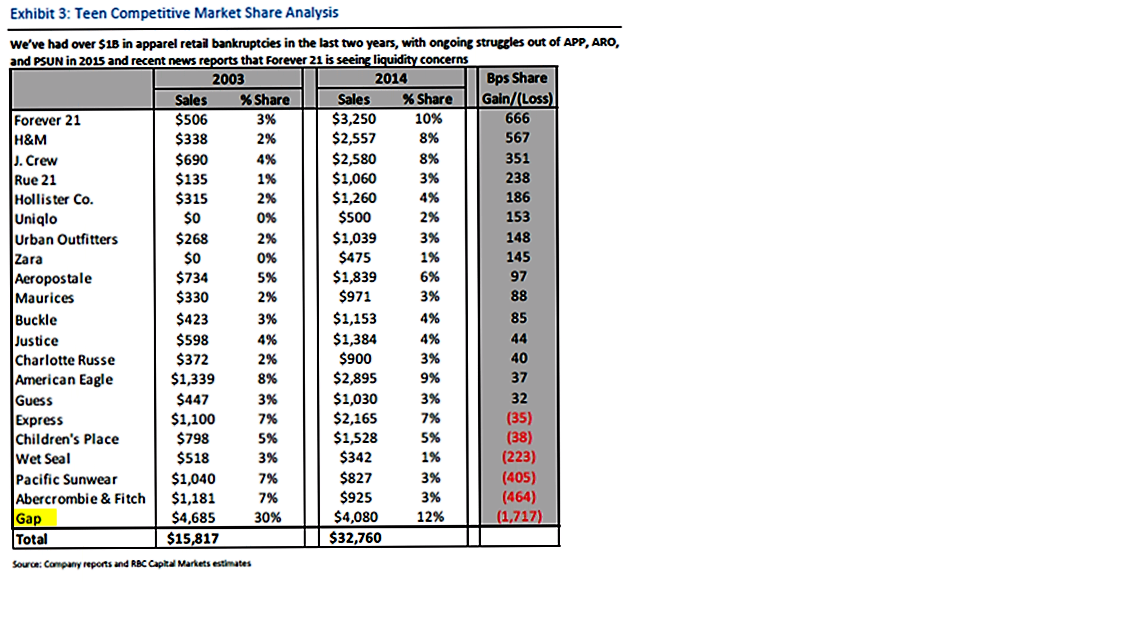More Declines in Department Store Locations?
The Wall Street Journal had an article this morning on how many locations certain department stores needed to close if they wanted to get their sales per square foot back to 2006 levels. While they may not (mostly) be the retailers we (hopefully) expect to sell to, the discussion of the dynamics leading to the closings that have already occurred and the possible need for more is interesting.
“Sales at the nation’s department stores averaged $165 a square foot last year, a 24% drop since 2006, according to company disclosures and Green Street estimates. Over the same period, the stores reduced their physical footprint by 7% in aggregate.”
The article notes, to nobody’s surprise, that internet sales are partly responsible for all the store closing to dates. But we’ve got the spokesperson for JC Penney saying that when they close, especially in a smaller market, internet sales go down.
Will the first person who figures out exactly how exactly how brick and mortar and online influence each other please let me know?
I’m pretty sure that even without the internet, there would be ongoing store closings, but I’m sure not as extensive as it has been and will continue to be. The impact on malls will also be pronounced.
Before I give you the link, be aware that only the first couple of the lines will be available on the page. You have to copy the headline into your search window, do a search, and click on the first result that comes up. Then the whole article will be visible. No idea why that works.




